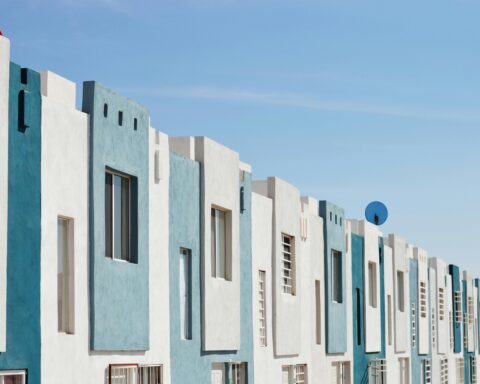The Federal Highway Administration is allocating $2 billion through its Low Carbon Transportation Materials Program to states, metropolitan regions and tribes to complete infrastructure projects using materials that are more environmentally friendly than those typically used in construction.
Funded through the 2022 Inflation Reduction Act, the program is meant to reduce greenhouse gas emissions from transportation and construction sectors. In total, the FHWA has received $5 billion from the act.
Applications for $1.2 billion in grants are open to state-level transportation agencies to reimburse the cost of using alternative materials in construction projects.
Materials such as asphalt, concrete and steel generate air pollution through either the manufacturing or construction processes. Recent technological advancements have developed versions of these materials that pollute less, but they are more expensive. The grants will make it easier for states to use cleaner materials on transportation infrastructure.

Another $800 million will become available later this year to metropolitan regions, cities and tribes, but not to state governments, which are only eligible for the first round of grants.
“To achieve our goal of addressing climate change, we must encourage investment in more sustainable transportation,” said Federal Highway Administrator Shailen Bhatt.
In the first round, state departments of transportation have until July 10, 2024, to submit an application. Each applicant is expected to receive at least $22 million through the $1.2 billion program, according to the request for applications. The District of Columbia and Puerto Rico are also eligible to apply.
Through the program, grant recipients can be reimbursed up to 100% of the cost of low-emissions construction materials. Projects on federal highways, transportation facilities and those that help provide access to federal lands are eligible. However, projects that add lanes for passenger vehicles are not eligible to receive funding.
The program is part of a larger effort by the U.S. Department of Transportation to use cleaner materials as part of the federal Buy Clean Initiative, which harnesses the U.S. government’s $630 billion purchasing power to expand the market for low-emissions materials. Other programs include efforts to utilize low-emissions pavement.
“Transportation and industrial sectors make up about half of our economy’s emissions contributing to climate change,” Transportation Secretary Pete Buttigiegsaid. “We’re proud to announce this first-of-its-kind program to accelerate the use of cleaner construction materials that create less carbon pollution.”
The Low Carbon Transportation Materials Program also includes measures to better quantify the emissions from construction. Because the effort of building with less polluting materials is fairly new, the government is looking for ways to track which materials are the most and least harmful to the environment.
The grant program is being launched in conjunction with efforts by the Environmental Protection Agency to determine which construction materials can be considered environmentally friendly. The EPA opened a 30-day comment period ending March 18 on how it should prioritize more sustainable building materials and working with firms for federal contracts that use those materials.
Strategic Partnerships, Inc. can provide information on contract opportunities, plus existing and future government funding. For more information, contact research@spartnerships.com.













